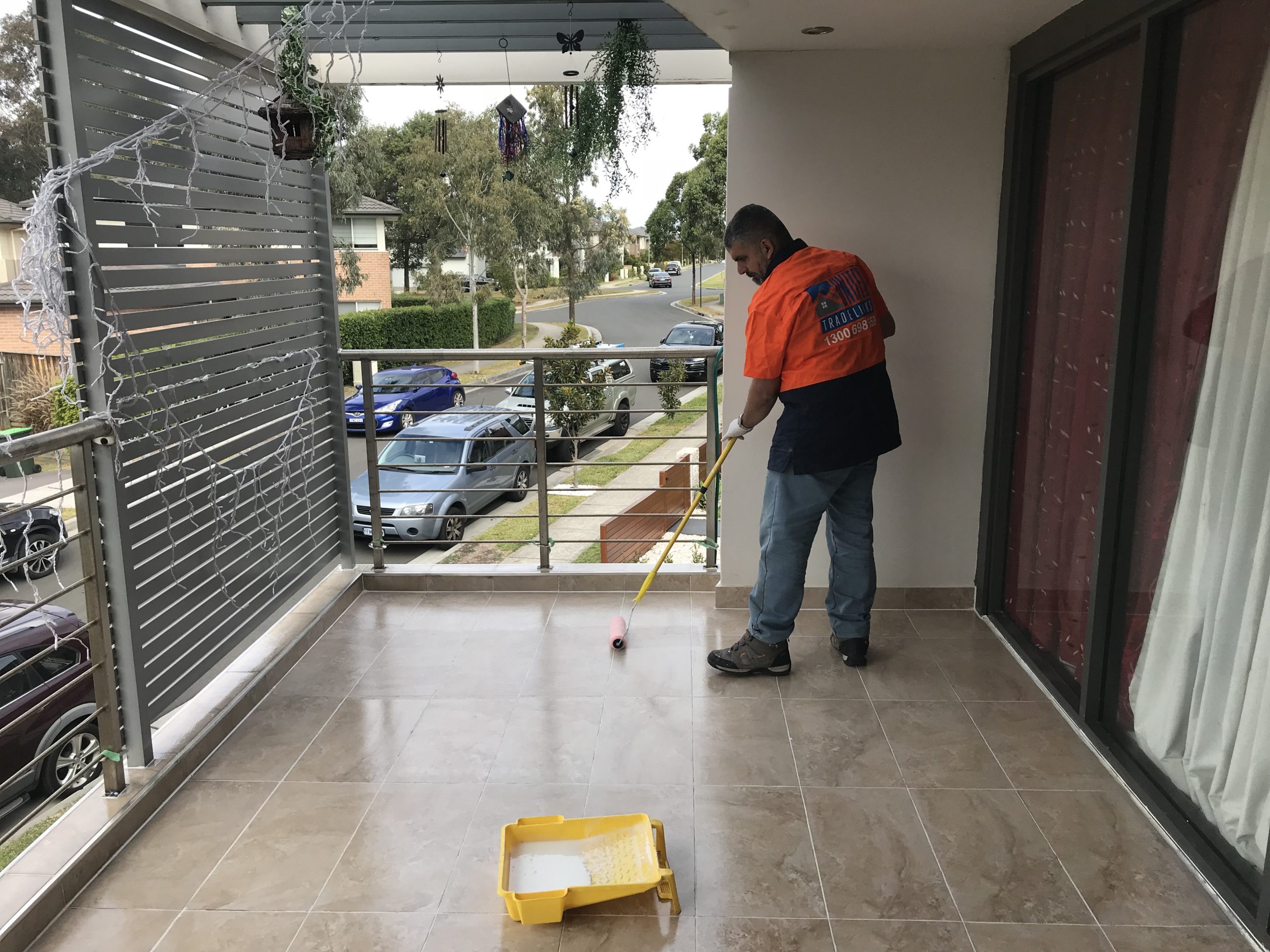A building’s look and durability rely a lot on having the right balcony waterproofing. When the rain comes down hard and your balcony isn’t properly waterproofed, water can collect, possibly causing leaks to the floor below. This can lead to cracks, chips, and unsafe joints and sealants. That’s why it’s crucial to pick a Balconies waterproofing system for your terrace, especially focusing on the critical spots where leaks might happen. Read on!
Prepping Your Balcony Floor for Waterproofing
In new constructions, a solid balcony flooring waterproof system includes a drainage membrane under the substrate. However, if you’re renovating, the specific conditions of your balcony will also determine the best waterproofing solution for your patio, balcony, veranda, or lanai floor.
Selecting the Right Waterproofing for Existing Balcony
The best way to waterproof your existing balcony floor depends on its condition and the slope it has. Before deciding on a solution, check for cracks or holes in the floor. If you find any, take off the finished floor layer. It is usually wood, plastic, stone, or composite tiles, and the substrate is inspected for damage. Also, make sure your balcony slopes at least 2 per cent. This should be 1/4 inch per foot for proper drainage.
Waterproofing Floors and Substrates in Good Condition
You can easily use a liquid membrane waterproofing specific to flooring if your balcony floor is in good shape without cracks. Try to apply it with rollers or brushes. Make sure to follow the manufacturer’s instructions for Balconies waterproofing. This process should leave no gaps and create a protective layer that’s just a few millimetres thick. Make sure the liquid membrane you choose can handle temperature changes, bad weather, chemicals, and stagnant water.
Dealing with Damaged Finished Flooring or Substrate
Cracks, rust stains, salt stains, or discolouration on your flooring indicate problems. In such cases, you need to remove the finished flooring entirely to expose the layer beneath – the last defence between your balcony floor’s vital structural parts and moisture.
For concrete substrates, inspect for cracks or chips and fill them. If there are larger damaged areas, use a concrete patcher. Put it with a trowel to apply and smooth the new concrete. Ensure the substrate is clean, dust-free and dry before applying the adhesive membrane.
Sealing the Deal on Your Balcony Floor
Once your substrate is repaired and cleaned, you can apply the waterproof terrace coating, followed by a primer (use a new paint roller).
Best Option for Waterproofing Your Balcony Floor
Many manufacturers usually offer two solutions for the best balcony waterproofing membrane: wet/liquid and rolled/sheet membranes. However, the key to successful terrace waterproofing lies in following the manufacturers’ instructions.
Wet Waterproofing Membrane
Wet or liquid membranes are a cost-effective way to waterproof a concrete balcony. However, some find applying liquid membranes a bit complex and less effective at creating an even surface compared to rolled waterproofing membranes. So, it might not be the best choice for terrace waterproofing, depending on your preferences and comfort level with the application process.
Professional Touch – The Stress-Free Option
If the thought of waterproofing feels overwhelming, fear not! Professionals are just a call away. They bring the expertise, the right tools, and a touch of finesse. It will definitely turn your balcony into a seamless masterpiece without breaking a sweat.
Parting thoughts
So, there you have it! Balconies waterproofing is the ultimate solution for seamless living. From practical benefits like water repellence to the aesthetic wonders of creative freedom, it’s a game-changer for your home. Whether you’re a DIY enthusiast or prefer the hands-off approach, balcony waterproofing is your ticket to a stress-free, stylish, and dry living experience. Embrace the essence, elevate your home, and live seamlessly!



